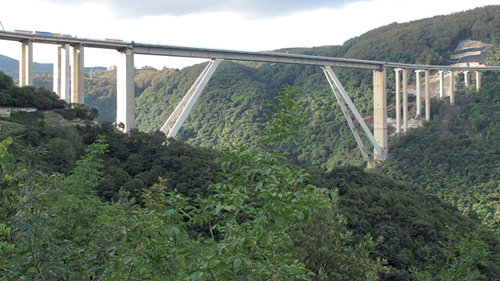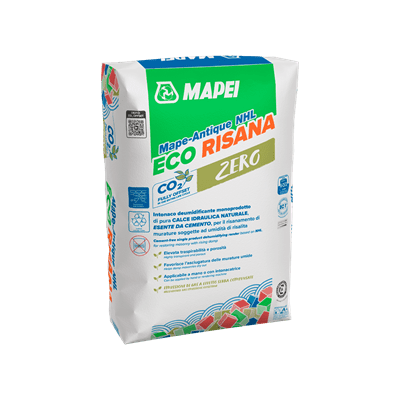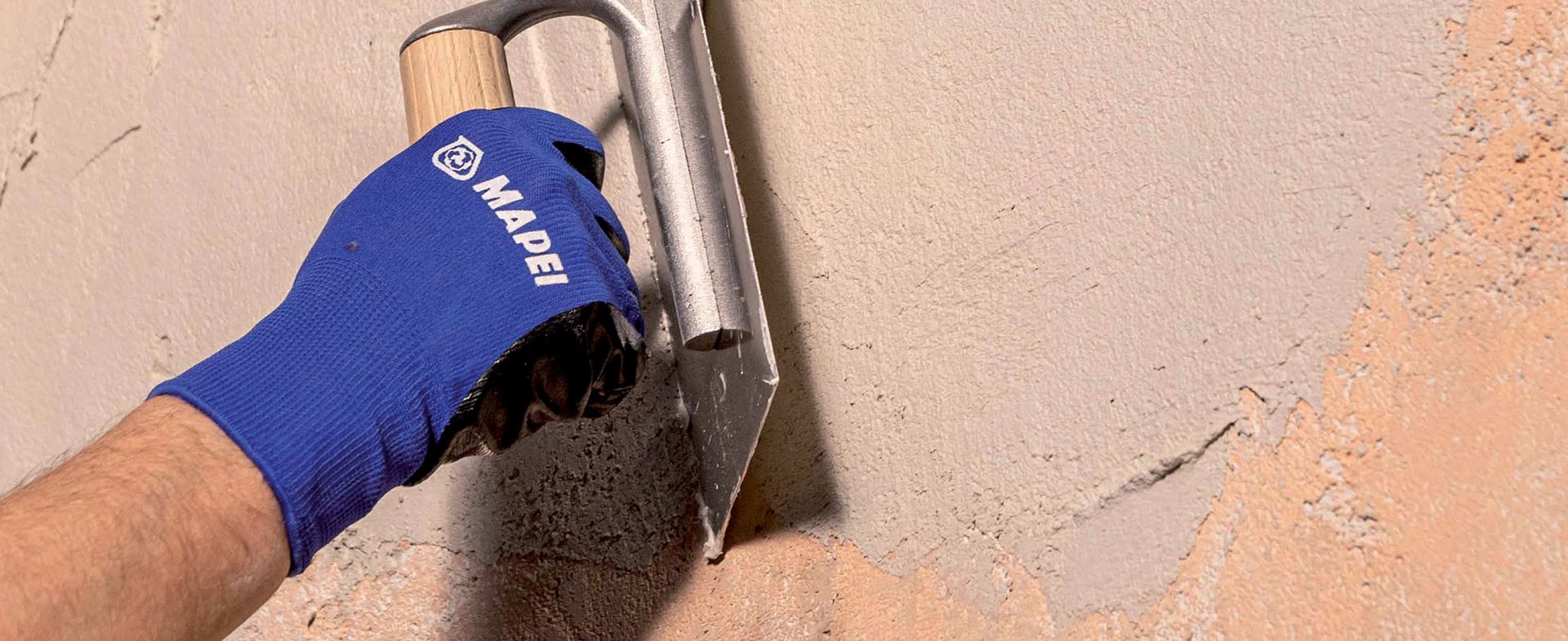
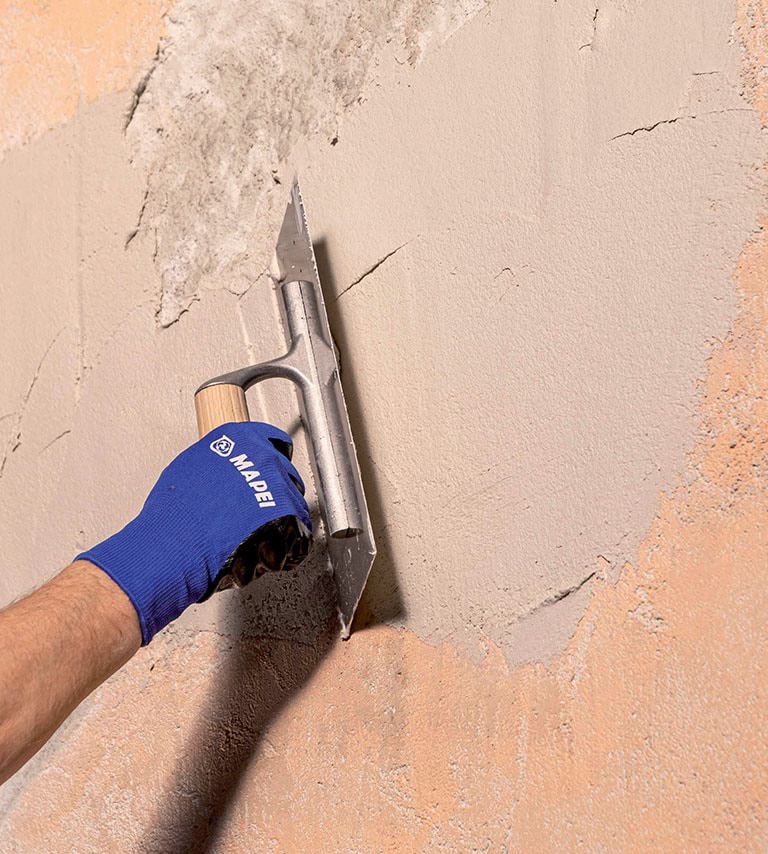
The expert's opinion
/
5/1/2024
From tradition to innovation
Refurbishing and restoring using lime, an environmentally sustainable material
CO₂ emissions from the manufacturing process of both MAPE-ANTIQUE ECO RISANA and MAPE-ANTIQUE ECO RESTAURA were measured throughout their life cycle using Life Cycle Assessment (LCA) methodology. In 2023 residual emissions have been offset through the acquisition of certified carbon credits in support of renewable energy and forestry protection projects. In 2024 we will do the same.
In the last few years sustainability in the building industry has become such an increasingly important topic at international level that it now features as one of the sustainability goals of the United Nations (UN) 2030 Agenda.
In many countries too, sustainability and environmental issues in general are a primary objective of the building process, thanks to the increasing amount of attention and awareness of public opinion, governments and of all the stakeholders, from owners right up to end users, along with the designers, installers, and restoration and building companies involved in the process.
The building industry, which is responsible for 50% of raw materials extracted in the whole of Europe, 36% of CO2 emissions, 40% of energy consumption and 21% of water consumption, has high margins for improvement before becoming truly “green”, not only by definition but, above all, through the approaches and behaviour it needs to adopt.
This change, which must be extended across both the entire lifecycle of a building and the ecosystem in which it is located, may be achieved by making decisions that can help make the construction sector more sustainable. Being more selective when choosing construction methods, technologies and materials is a fundamental step towards a more sustainable building sector.
The use of materials with a high content of recycled materials, with very low emissions of volatile organic compounds (VOC), manufactured in efficient production plants powered by renewable energy, are the basis for the journey Mapei is undertaking in the field of sustainability.
Solutions based on pure natural hydraulic lime
A concrete example of this commitment are the products from the MAPE-ANTIQUE NHL ECO range: cement-free products made from pure, natural hydraulic lime and recycled materials.
Let’s focus on two products.
- MAPE-ANTIQUE NHL ECO RISANA is a one-component dehumidifying render applied in a single layer to restore masonry with rising damp. It is recommended for listed buildings and buildings of architectural interest – to meet constraints imposed by Local Heritage authorities – but also for new buildings and for the green building sector. Apart from having all the most important characteristics of dehumidifying mortars (good breathability, macro porosity and chemical and physical resistance to soluble salts present in masonry), this eco-sustainable mortar has a high content of recycled materials and is compatible with all types of masonry. It may be applied directly on substrates without having to apply a scratch-coat beforehand, and may be applied by trowel or with a rendering machine for applications over large areas. Apart from complying with European standard EN 998-1 (R-CSII – Rendering mortar), it was awarded the EMICODE EC1Plus certification by GEV due to its very low emissions of volatile organic compounds which guarantees excellent air quality, including when applied on internal walls.
- MAPE-ANTIQUE NHL ECO RESTAURA is a breathable, multi-purpose mortar applied in layers 2 to 20 mm thick for restoring and levelling off substrates, render and coated surfaces. It is recommended for skimming, including over old paintwork, and also for compensation render for “old” render and mineral coatings on all types of both listed building and new builds. It also has excellent breathability, which means it may be applied as a skim coat for dehumidifying render such as MAPE-ANTIQUE NHL ECO RISANA. This multi-purpose eco-sustainable mortar has a high content of recycled materials, as well as being compatible with all types of substrate. MAPE-ANTIQUE NHL ECO RESTAURA complies with EN 998-1 standard and is classified GP: “General purpose mortar for internal/external render”, Category CS II. The product is also classified T according to EN 998-2 standard: “Thin layer masonry mortar”, Class M 2.5.

MAPE-ANTIQUE NHL ECO RESTAURA is a breathable mortar for restoring and levelling off substrates, render and coated surfaces. Its carbon dioxide emissions have been fully offset.
Compensated emissions for Zero lime mortars
CO2 emissions from the manufacturing process of both MAPE-ANTIQUE ECO RISANA and MAPE-ANTIQUE ECO RESTAURA were measured throughout their life cycle using Life Cycle Assessment (LCA) methodology. In 2023 residual emissions have been offset through the acquisition of certified carbon credits in support of renewable energy and forestry protection projects. In 2024 we will do the same.
Sustainability also means managing site activities with more awareness using fewer materials and reducing wastage: the versatility of materials, therefore, has become an important element. We also opted for recyclable paper and cardboard packaging materials, as shown by the Aticelca logo stamped on all bags of products from the MAPE-ANTIQUE NHL ECO range. This helps reduce costs and consumption when disposing of packaging.








